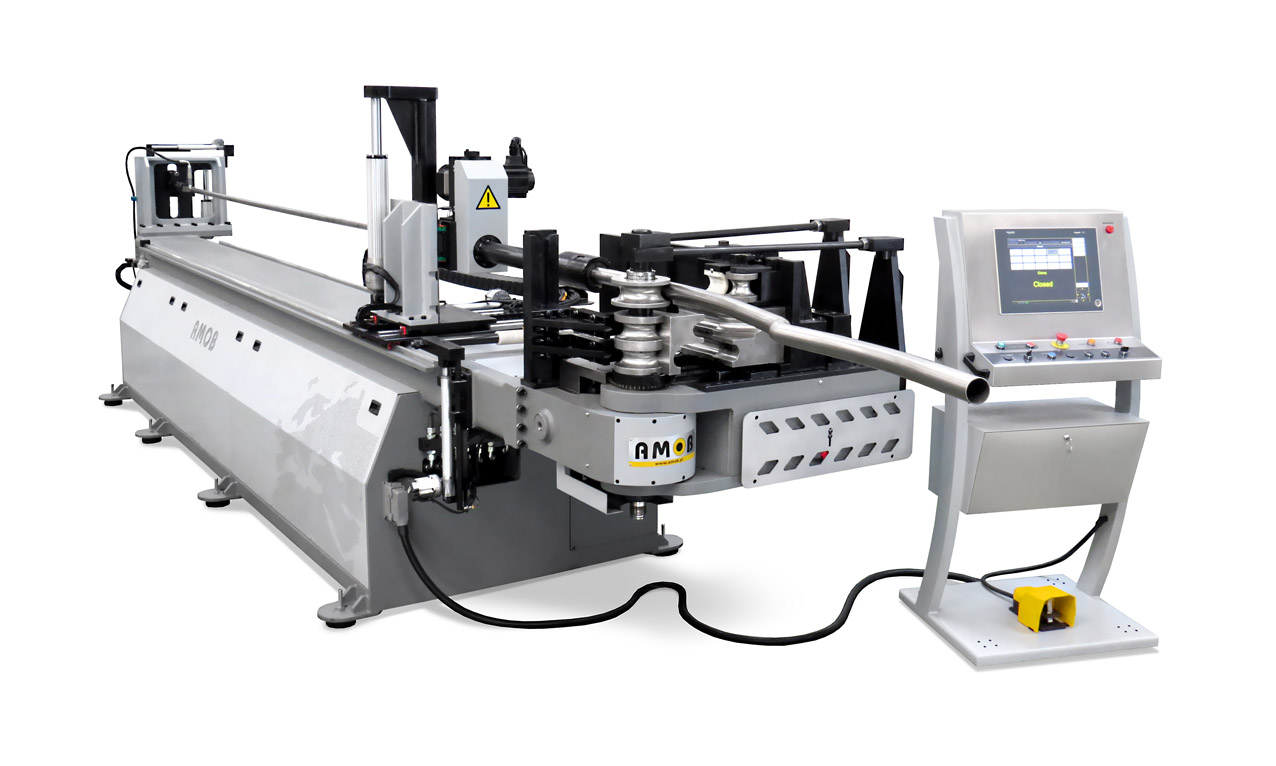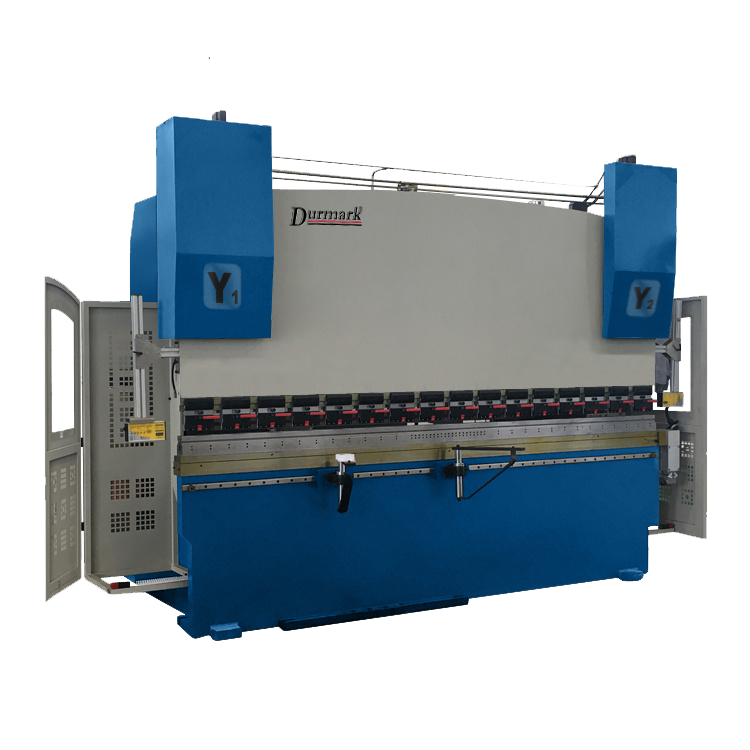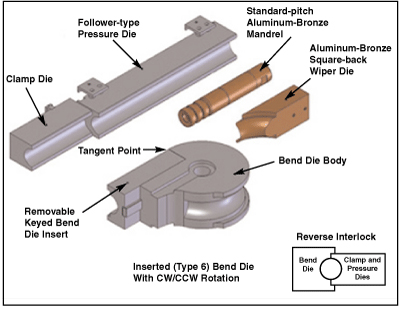CNC Bending
Yanes MachineShop

CNC Bending
CNC bending is a process where sheet metal is bent to an angle using, typically a V shaped punch and die. The sheet is placed between the punch and die which presses down on the sheet. CNC bending provides a low cost method to product 3D shapes from 2D sheets.
CNC bending is a suitable for processing most ductile metals and primarily for sheet metal designs with one or more bends. Just a few examples of CNC bending applications are brackets, enclosures, cams, chassis, etc. There is generally no special tooling required for CNC bending, with the exception of intricate designs and special bends
CNC Bending Cost Reduction Tips
Reduce the number of bends in design.Design parts to pack efficiently. For example, in designing a large box consider making the sides of the box separate with bolted flanges.
Avoid complex bend combinations.
Avoid the cost of bending by adding slots in place of the bends and then bend manually. Such parts also have lower shipping costs and take less storage space. (To create the slots use a few thin rectangular cutouts in place of each bend line.)
Avoid odd angles.
Provide straight edges that are parallel to the bend.

CNC Bending Design Considerations

